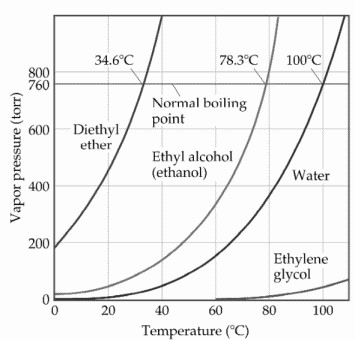Quart Meg Miles wrote:tvacc wrote:The 37 degree thing has nothing to do with out side temp. That is the temperature that ether turns to liquid. You will find that plain ice in water will cool the bulb to 36 to 37 degrees. By adding salt to the ice, you get down to 32 or so. At that temp, the ether is a fairly stable liguid and will stay in the bulb in the salt/ice bath.
Hey guys, you're talking ice freezing at 32 ?F but the boiling point of ether is 37 ?C. If you look at your broken gauge you will see that the indicated temperature is 37? and, ideally, is what the temperature of the ether should be when you seal the tube. Sealing it while the ether is at 32 ?F will give wrong readings but probably not badly at 90 ?C where it matters.
No, I don't think you are right. That sort of error might occur if the whole bulb and tube and gauge are filled completely with ether, but provided that there is some liquid and some ether gas it should read correctly. Thats why you only half fill the bulb with liquid ether.
The 37 degC (it's CENTIGRADE NOT FARENHEIGHT and is actually 34.6degC) spoken about is the 'boiling point' of ether AT ATMOSPHERIC PRESSURE! Because it is a sealed system, as the temperature (of the engine coolant in this case) rises, more of the ether boils off until the vapour pressure is the pressure corresponding to the boiling point of ether at that new temperature. It is this pressure that the gauge measures by causing a bent tube to straighten out a little, while connected to the needle on the gauge face.
They don't bother to include temperatures below about 40 deg C on the scale as it is not of interest, but actually if the engine temperature is below 34.6 deg C, the pressure inside that closed system will be less than atmospheric and the needle would move backwards, relative to what it was just before you solder the whole system closed (but it usually hits a stop pin at those low temperatures)


